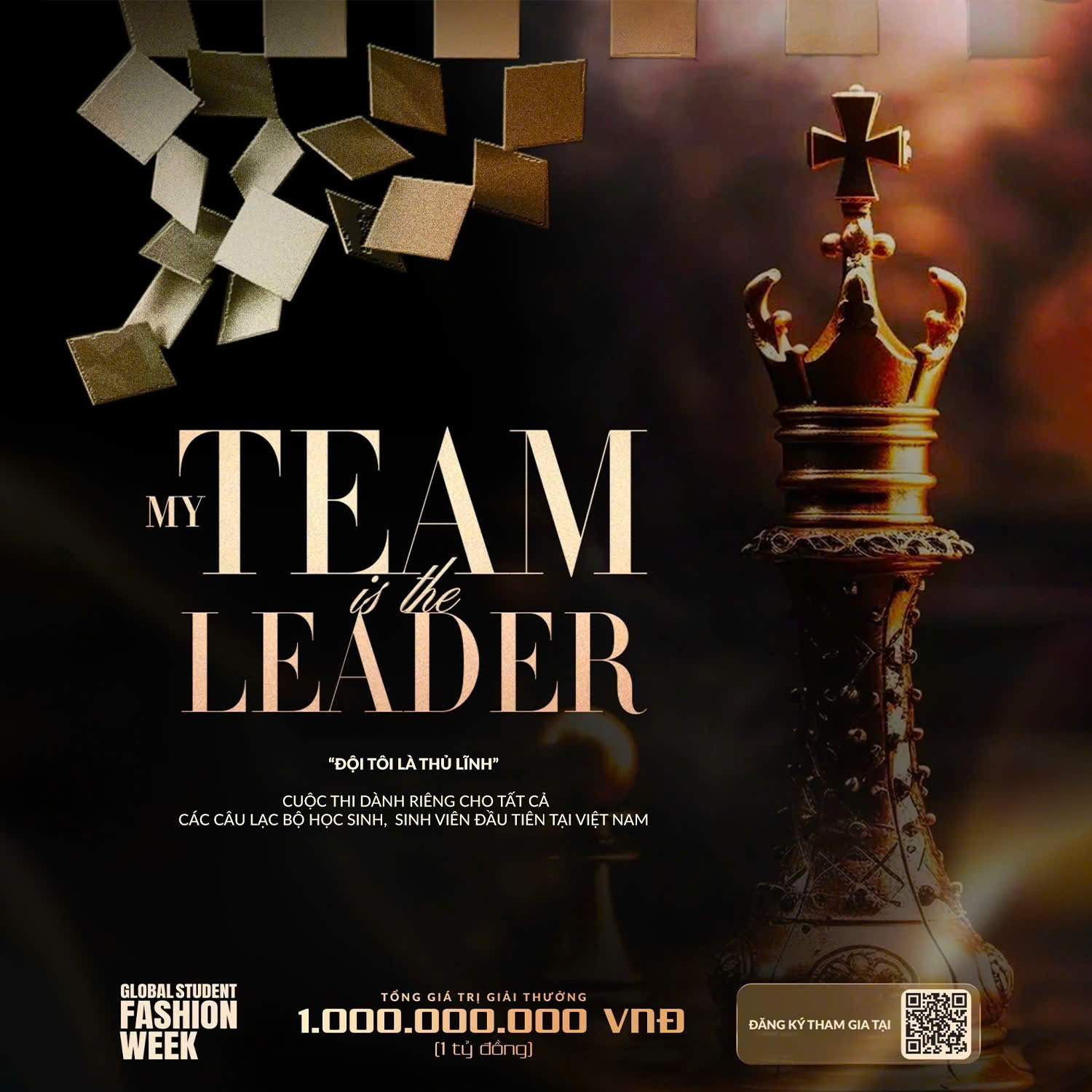In this era of information explosion, knowledge floods in like a rising tide, and not everyone has the stamina to swim through this vast ocean without growing weary. As the volume of knowledge continues to mount, the key is not merely to learn more, but to learn in ways that align with the natural workings of the human mind. Understanding how the brain “survives” amid this torrent of knowledge is the key to learning more effectively, more deeply, and more sustainably.
Thinking – The brain’s ancient survival instinct
Since the days of hunting and gathering, the human brain has evolved as a vital survival tool—constantly alert, analyzing, and making split-second decisions to ensure survival. Anything unrelated to staying alive was easily filtered out of its focus. That’s why the essence of thinking is selective—our brains pay attention only to what’s meaningful, emotionally stimulating, or personally relevant.
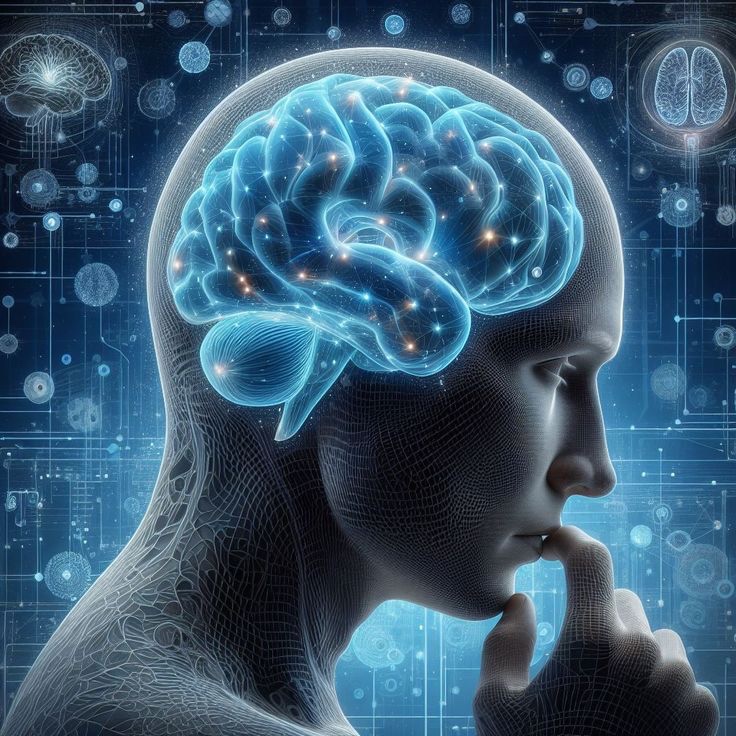

We often force ourselves to “study,” but the brain doesn’t submit so easily. It doesn’t absorb disjointed or crammed information. On the contrary, it thrives on association—knowledge woven together through emotions, images, and stories. That’s why an interesting anecdote often sticks with us longer than a dry math formula.

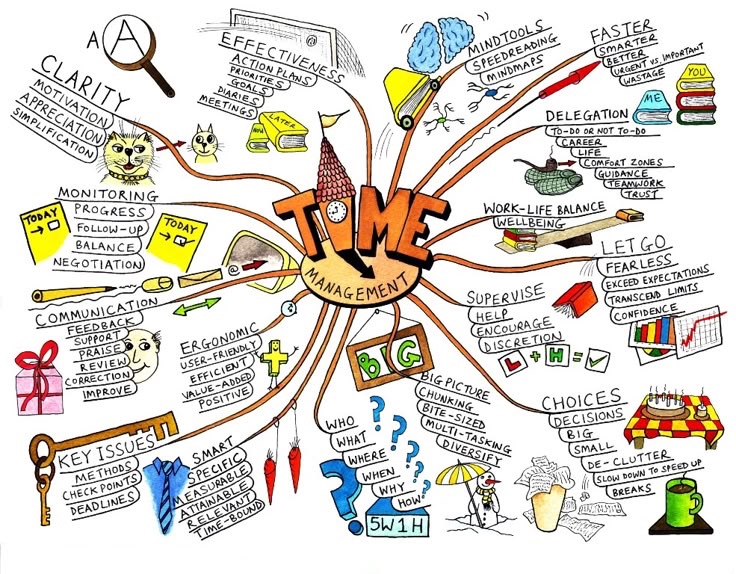
When surrounded by thousands of streams of information, the brain will prioritize… shutting down irrelevant data flows. This is its energy-saving mechanism. However, learners often mistake “more is better” for real effectiveness. Overloading the brain leads it to push back—by simply disconnecting.
An effective learning method is cyclical learning: breaking content into smaller chunks, alternating with intentional breaks and reflection. These breaks aren’t interruptions—they’re when the brain processes, organizes, and transfers information into long-term memory. It’s like swimming in the ocean—if you keep paddling without managing your breathing, you’ll quickly tire and sink.
Emotions – Memory’s indispensable fuel
Emotions are like electric currents flowing through the folds of the brain, lighting up memory storage regions. A lesson that touches emotions, even for just a moment, can linger far longer than hours of unconscious studying. That’s why learning can never be separated from emotional resonance.
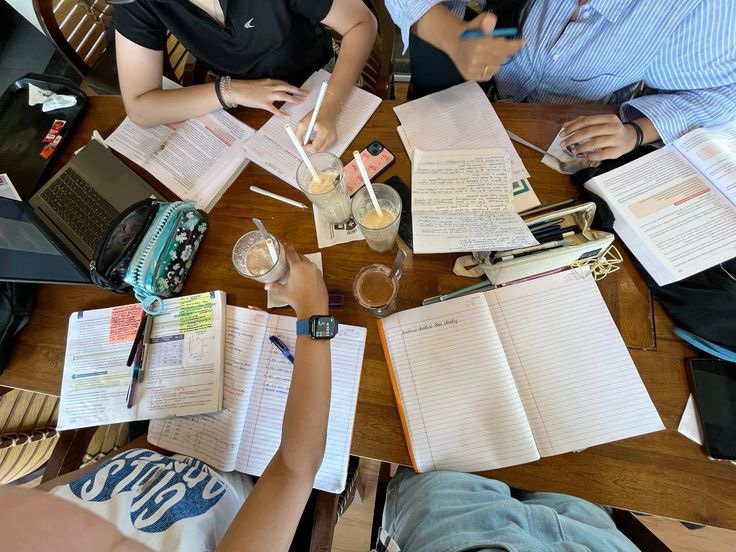
Personalization: Each person is a distinct learning map
There is no one-size-fits-all method of learning. Each brain carries its own history: life experiences, ways of processing information, sensitivity to visuals or sounds… all of these shape a unique “learning map” for every individual.
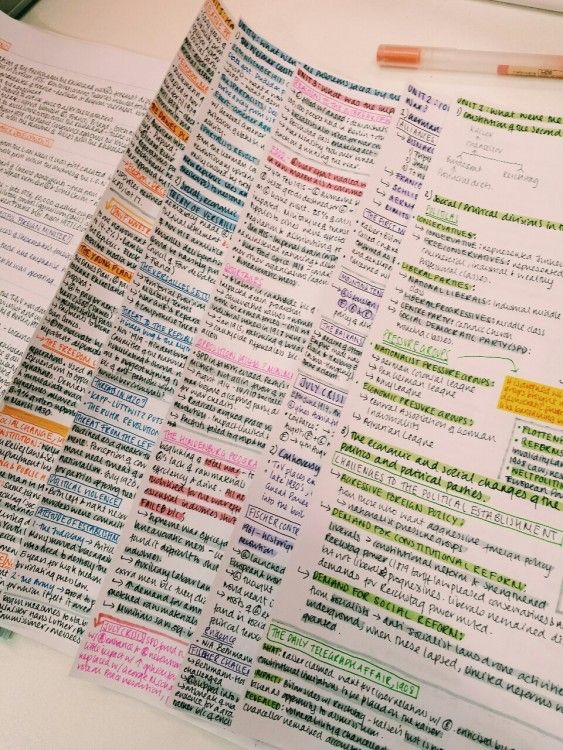

Taylor | Cameron Truong



